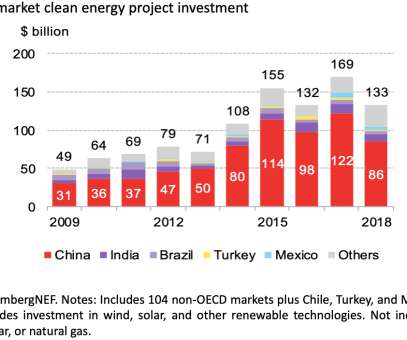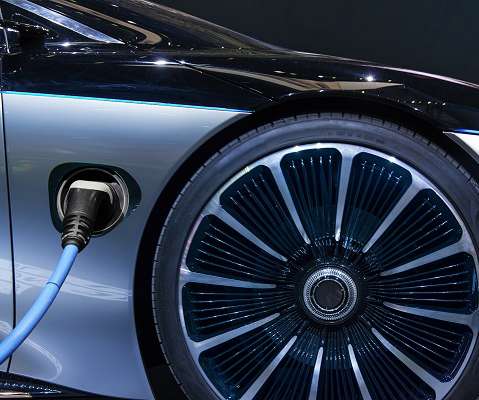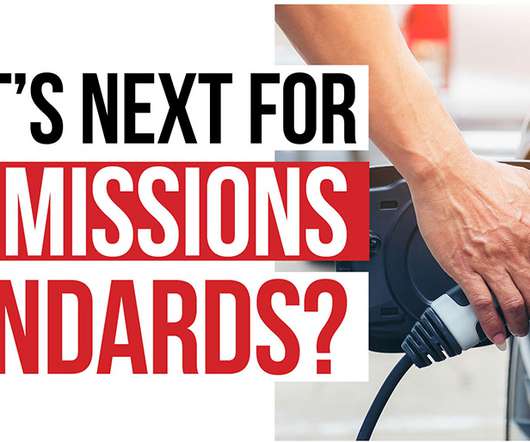ICCT study examines current & projected use of heavy fuel oil in Arctic shipping; growth in BC emissions points to need for policies
Green Car Congress
MAY 8, 2017
A new study by the International Council on Clean Transportation (ICCT) estimates heavy fuel oil (HFO) use, HFO carriage, the use and carriage of other fuels, black carbon (BC) emissions, and emissions of other air and climate pollutants for the year 2015, with projections to 2020 and 2025. Click to enlarge.


































Let's personalize your content